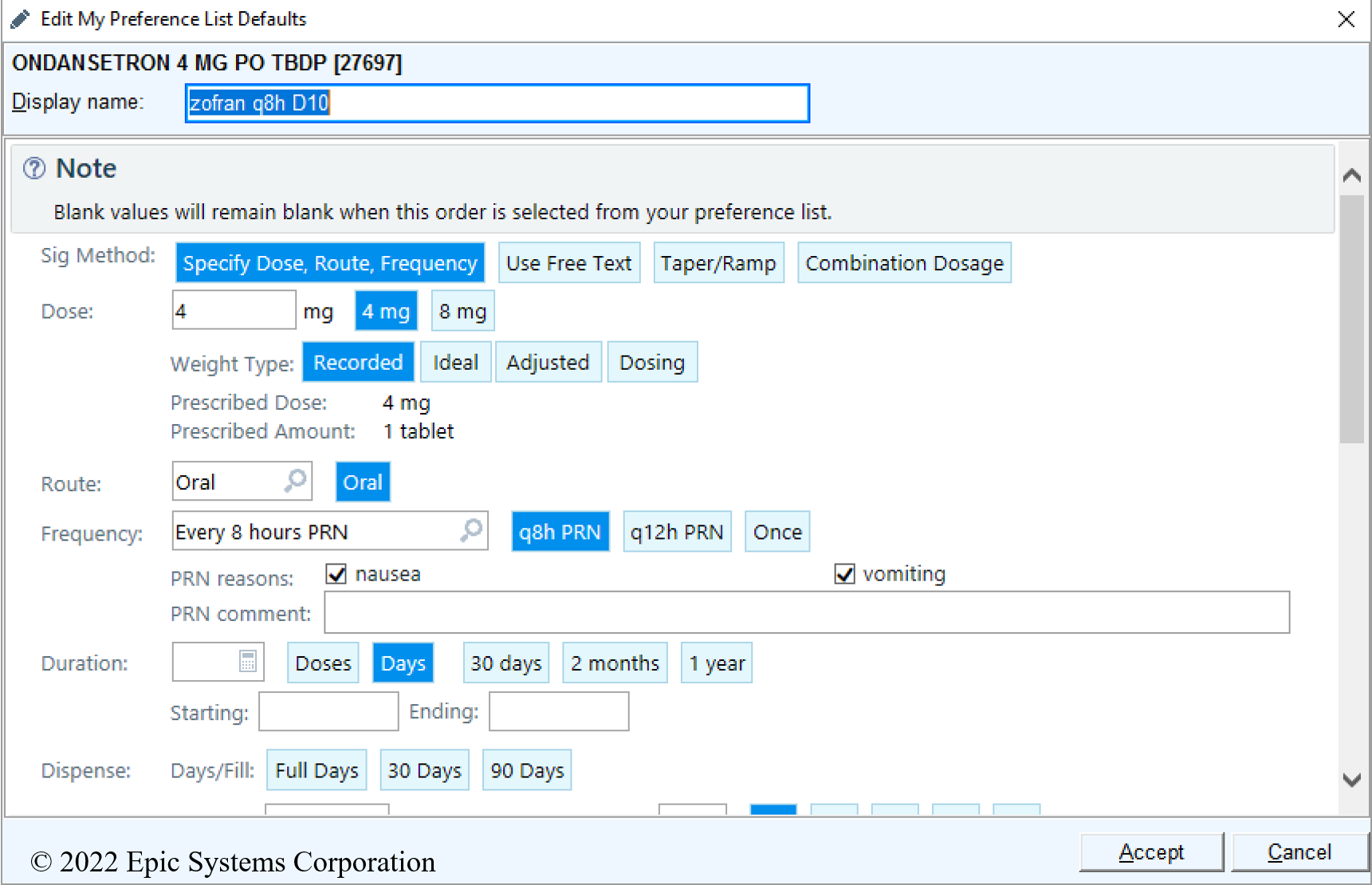

- GOLDENCHEETAH CP CHART SEARCH INTERVAL FULL
- GOLDENCHEETAH CP CHART SEARCH INTERVAL TRIAL
- GOLDENCHEETAH CP CHART SEARCH INTERVAL PLUS
We’ve also tested it inside the A2 wind tunnel in North Carolina this past March.Īs part of our quest for consistency, we wanted to find a position that could be held over and over for as long as needed. To broaden our range, we’ve tested the aerodynamic component of the system in the wind tunnel, in the indoor velodrome, in the outdoor velodrome and, of course, on the road.
GOLDENCHEETAH CP CHART SEARCH INTERVAL PLUS
On the plus side, my schedule is always open when I want to run a new test. We wanted to make sure that our real-world results would match the wind tunnel results, and to do so, we had to keep the same conditions, which is why we used the same rider, bike, clothes, helmet and power meter. In order to have consistent results and to compare them after every ride, we’ve decided that I’d be the main rider for the tests. I can really immerse myself into my performance and look at the power zone I was in, my heart rate or my cadence and know whether I was using slow-twitch vs fast-twitch muscles. I often switch between the different views to focus on power, CDA and especially “watt loss” during various parts of the course in order to fully understand what caused them. The ability to overlay data on real maps is extremely useful, since it allows you to see patterns you wouldn’t see from traditional charts.
GOLDENCHEETAH CP CHART SEARCH INTERVAL FULL
The average speed was a 42.4 km/h throughout the full 15 km. As you can see, we were experiencing a headwind going out and a tailwind coming back. The colours represent my travelling speed (green indicates the warm up, orange indicates the sequence where I’m ramping up around 36–42 km/h and finally, red indicates where I breeze through the path at more than 42 km/h. The path gets higher as I ride along, and the highest point marks the end of it. In the image below, you can see the whole course. There were E-N-E winds with gusts up to 32 km/h, so it was pretty windy. Needless to say, the conditions were ideal for testing our aero sensor (used to measure airspeed, it is a critical component when it comes to calculating aerodynamic drag). We rode mostly from west to east, and the end of the course went from north to south as you can see on the image below.


GOLDENCHEETAH CP CHART SEARCH INTERVAL TRIAL
Our test run took place on a 15 km individual time trial course where we rode out 7.5 km and turned around back to the finish line. I’ll do my best to vulgarize the technical aspects going forward. Several metrics will be addressed, but don’t be intimidated by all this “techy lingo” many of the charts have been produced using our “power-user” version rather than the “simplified” app version of the product. In this article, I’ll be focusing on aerodynamic efficiency, which is best measured using the coefficient of aerodynamic drag (CDA). I’m hoping to demonstrate in a better way how our product will help others achieve their goals, be it completing a GranFondo, getting on a podium at Kona or simply improving their personal health. As the Innovation lead for Notio, I get to geek around quite a lot, and following one of the weekly TT series in Ottawa, I’ve decided to write about some of our findings. I’m a 54-year-old out-of-shape triathlete who has done all right in his age group in the past.


 0 kommentar(er)
0 kommentar(er)
